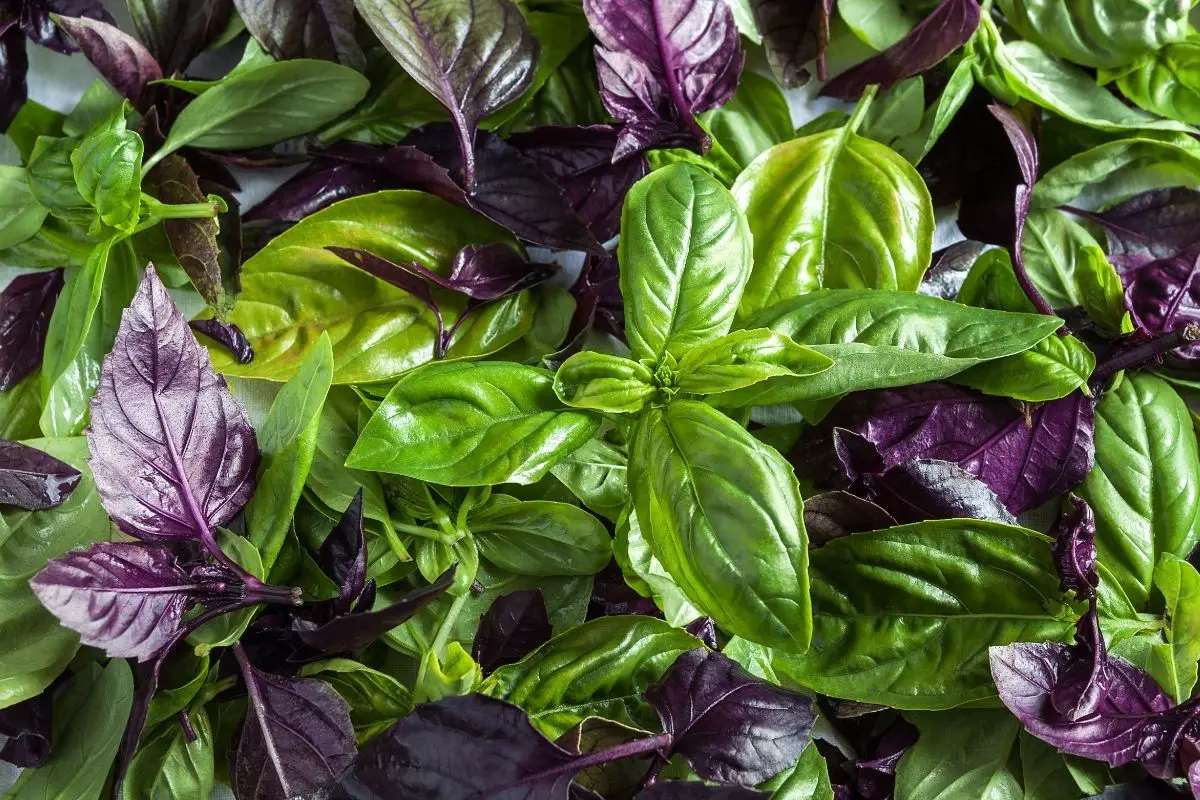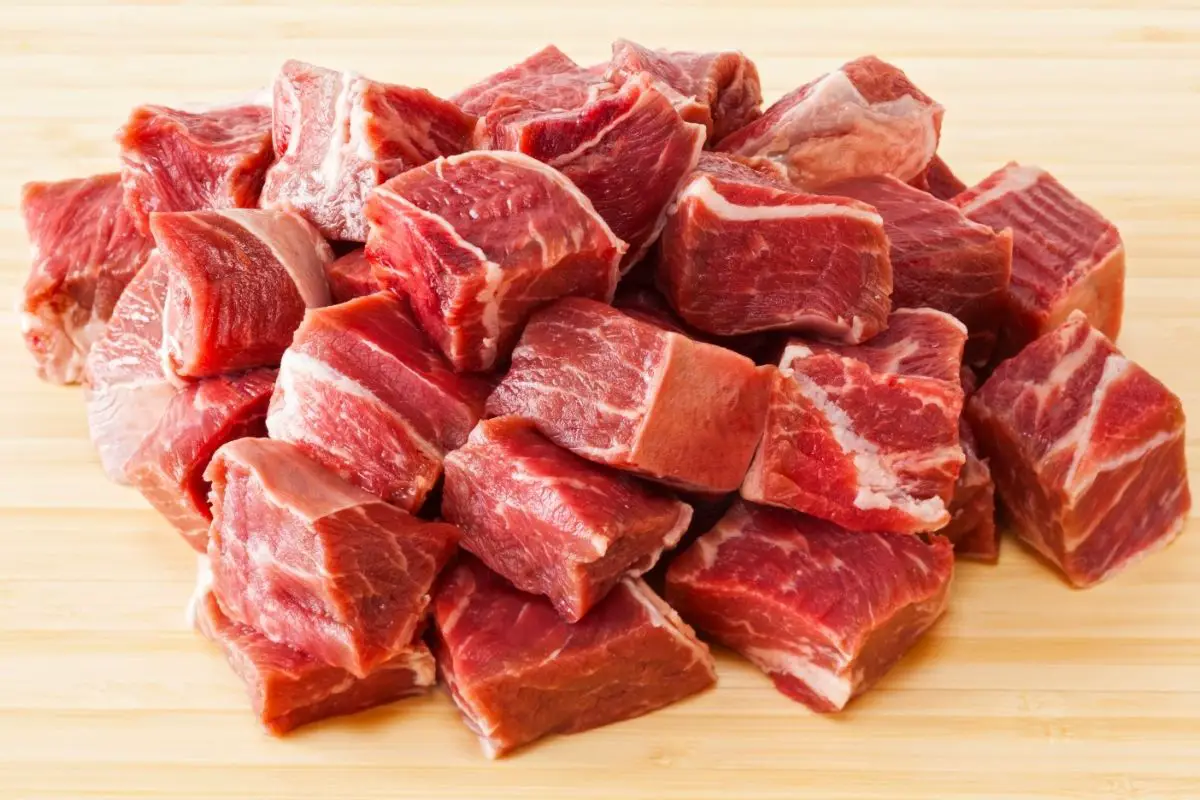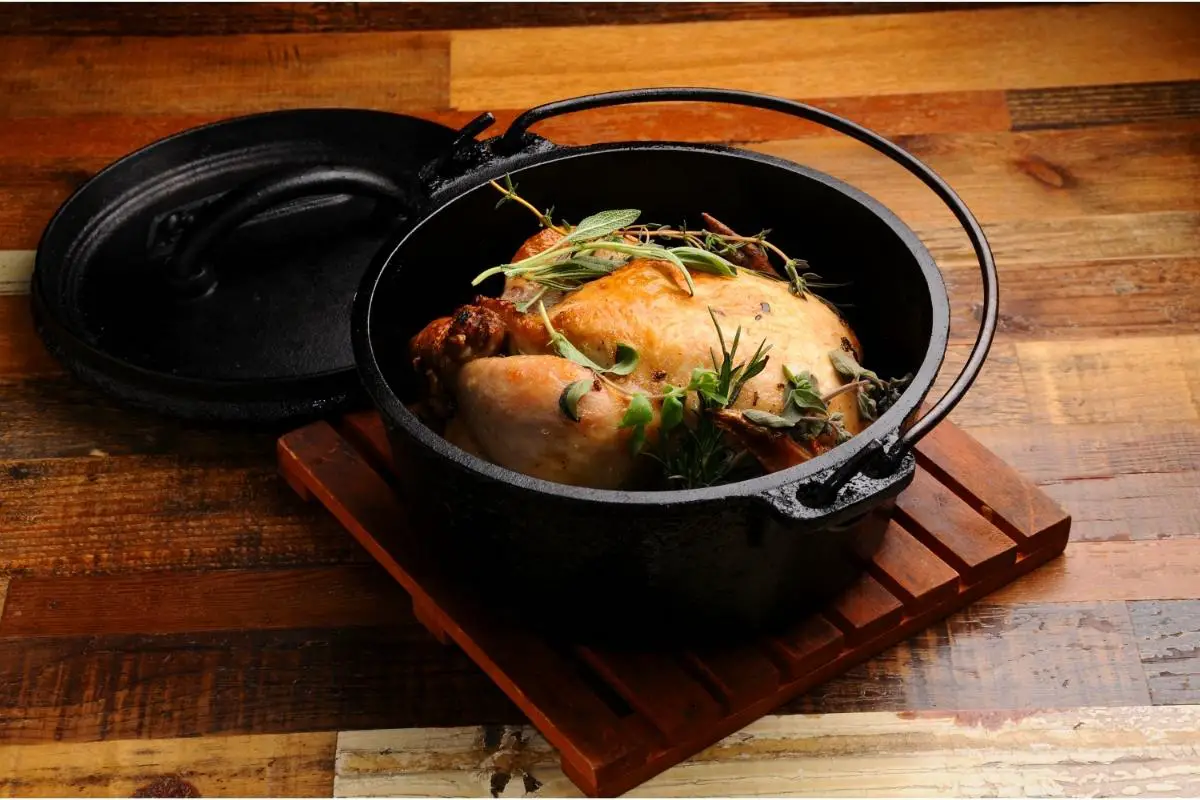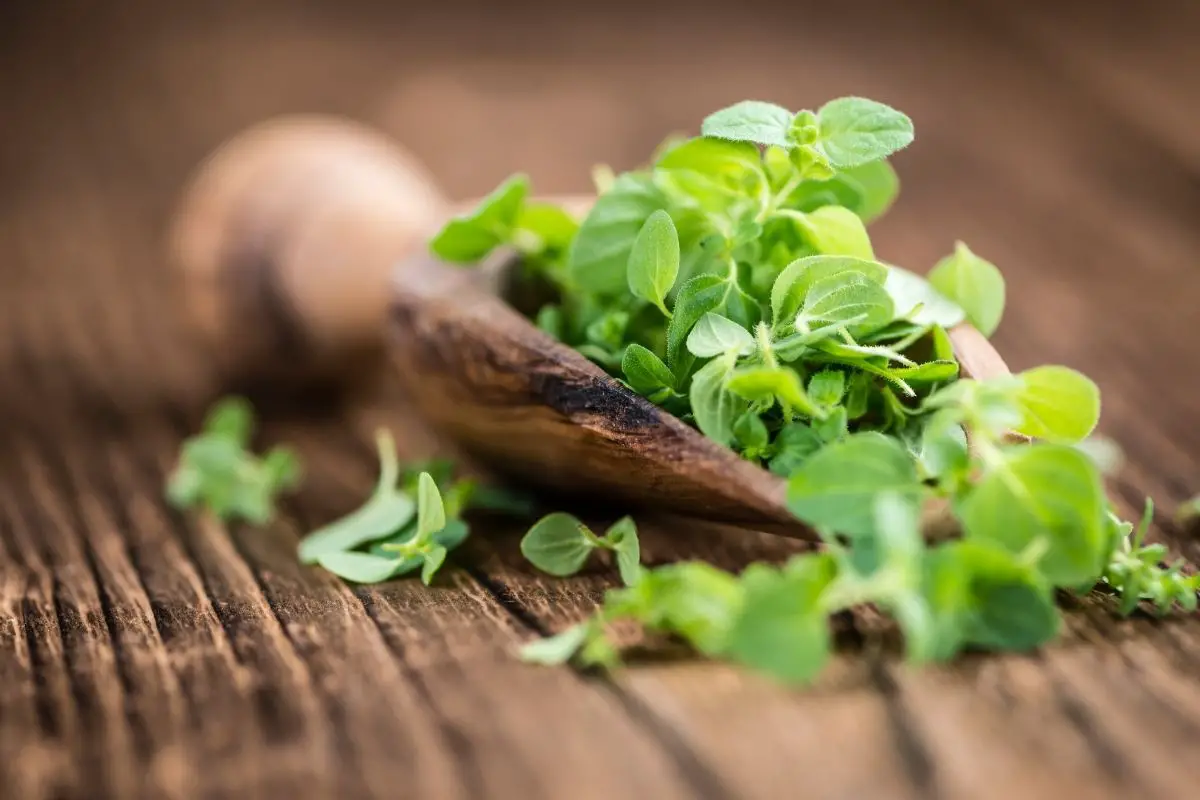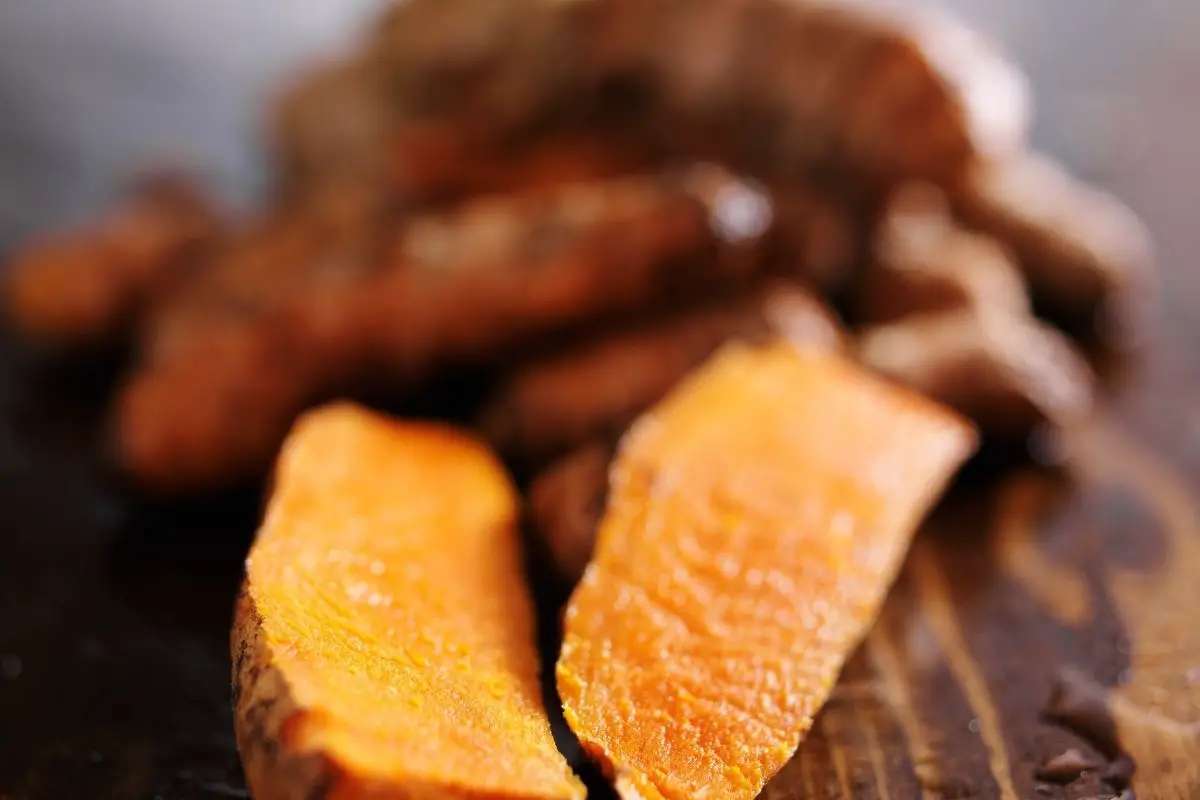Have you ever wondered what coriander root is? You may have heard of coriander before, as a spice that is added to a variety of dishes, including curries and stews.
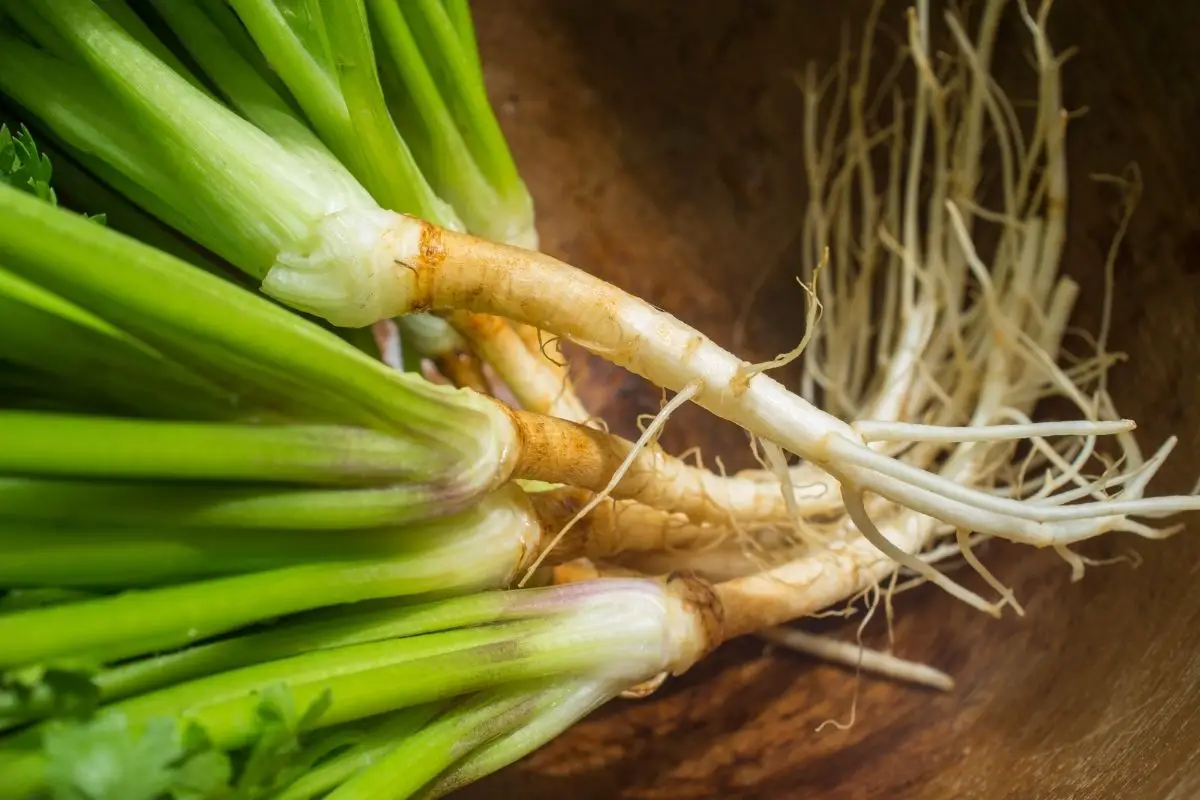
But did you know that the herb has many other health benefits too?
This is an article that has been written to give you everything you’ll need to know about coriander root. We’re going to go through its uses in recipes, a little of its history, its origin, and the various health benefits that you can get from consuming it.
What Is Coriander Root?
Before we go deeper into the world of coriander root, let’s first answer the most basic question. Coriander (or cilantro) is a seed, not a root. It’s one of those herbs that people often confuse with each other.
The seeds are very small, but they look like mini-cucumbers! They grow in clusters on the stem of the plant.
The leaves of the plant are used for cooking and flavoring food. When dried, the leaves make up most of the spice known as coriander or cilantro. Coriander has its origins in India, where it was once called kariyar.
Coriander is now grown all over the world, especially in tropical countries such as Thailand, Indonesia, Malaysia, China, and Australia.
It grows well in warm climates, so if you live somewhere hot then you should be able to find it easily.
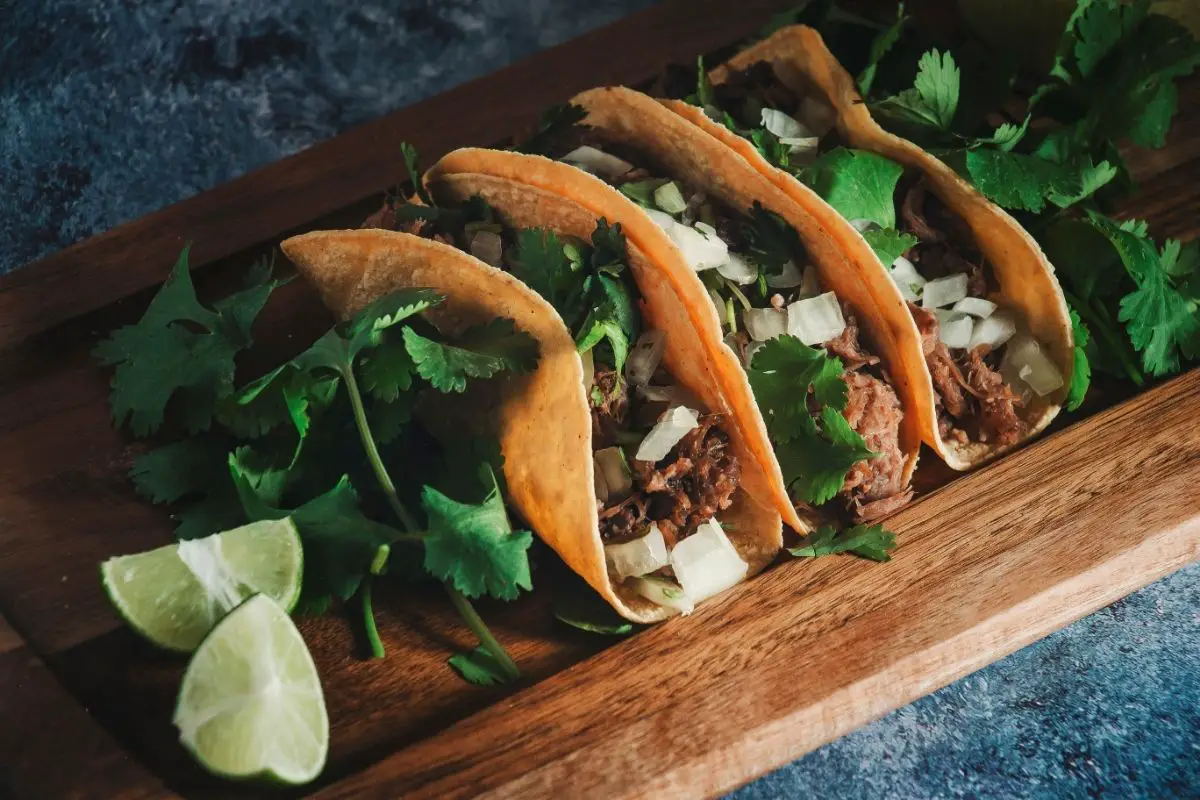
How To Use Coriander Root
You will see coriander root listed as “cilantro” in some places. This is because it looks similar to the leaves of the common cilantro.
However, there is no real difference between the two. Both are used interchangeably when referring to coriander root.
When using coriander root, you want to use fresh leaves and stems rather than dried ones. Dried coriander roots lose their flavor quickly, so you don’t want to buy them unless you plan on making your curry or stew.
If you do decide to purchase them, try to keep them in the fridge until you are ready to use them.
If you are planning on adding coriander root to a dish, you can either add the whole thing at the beginning or towards the end of the cooking process. Either way works fine.
If you add it at the beginning, you will probably want to chop it finely and stir it throughout the dish. If you add it near the end, you can leave it whole and just cut off pieces as needed.
When you cook with coriander root, it adds a lovely aroma to whatever you are cooking. It’s said to smell better than onions and garlic when cooked together.
It’s important to note that coriander root contains oils that are high in vitamin K.
Vitamin K helps prevent blood clots, which means that eating coriander root regularly could help to prevent heart disease and strokes.
Where Does Coriander Come From?
As mentioned earlier, coriander comes from the seeds of the plant known as Coriandrum sativum. It belongs to the same family as parsley, sage, and thyme. These plants are native to Asia, Africa, and Europe.
In ancient times, coriander was used as a medicine for digestive problems and stomach ulcers. Today, it is still used for these purposes. It is also used as a natural remedy for colds and flu.
In addition to being good for your digestion, coriander is also used for treating headaches and migraines. It is thought to reduce inflammation in the body by helping to remove toxins from the system.
It is also believed to improve circulation and boost energy levels.

Coriander root is also used as a treatment for asthma, arthritis, and psoriasis. It is used to treat skin conditions such as eczema and dermatitis.
There are many different types of coriander available today. Some varieties are more potent than others. You may notice that some of the larger supermarkets sell coriander seeds.
This is because they have been bred specifically for this purpose. They contain higher amounts of essential oil than regular coriander.
These seeds are usually sold in small plastic bags. The smaller the bag, the fresher the seeds inside. So if you’re looking to make your curry powder, then buying the smallest bag possible would be best.
Most people prefer to grind up the coriander seeds themselves, but you can also get pre-ground seeds if you like. Just look for those that say “100% ground”.
The Benefits Of Using Coriander Root
There are many benefits associated with using coriander root. Here are just some of them:
Helps To Improve Digestion
One of the main reasons why we eat food is to give our bodies energy. Food gives us energy in two ways. First, it provides us with carbohydrates (starch), and second, it provides us with protein.
One of the most common complaints about digestion is constipation. Constipation occurs when there isn’t enough movement going through the bowels. This results in hard stools that aren’t easily passed.
Many people find that taking probiotics can help with this problem. Probiotics are live bacteria that help to balance out the gut flora.
However, sometimes even probiotics alone won’t work. That’s where coriander root enters into play.
Coriander has a very strong scent that stimulates the appetite. As soon as you smell it, you’ll want to take another bite.
This will encourage you to eat more. In turn, this will increase the amount of fiber in your diet. Fiber is an excellent source of vitamins and minerals.
Improves Circulation
Another benefit of coriander root is its ability to improve circulation. When you use it, it increases the flow of oxygen throughout your body. This improves your overall health.
Boosts Energy Levels
When you eat foods rich in antioxidants, you’ll feel energized all day long. Coriander root is one of the richest sources of antioxidants on earth!
Relieves Stress And Anxiety
Stress affects everyone at some point in their lives. Whether it’s stress related to work or family life, it can cause problems.
If you suffer from anxiety, then you know how stressful it can be. If you don’t deal with these feelings properly, they can lead to depression.
Taking coriander root regularly can help alleviate stress and anxiety. It does so by stimulating the nervous system. This helps to relax the mind and body.
Treats Skin Conditions
Coriander root contains anti-inflammatory properties. These properties help to relieve pain and swelling caused by rheumatoid arthritis.
It is also effective against other forms of arthritis. It works well for eczema and psoriasis too.
Final Thoughts
So there you have it. Coriander Root is a great addition to a multitude of meals, as well as a natural remedy for various ailments.
It’s important to remember that while coriander root is beneficial, it should not replace medical treatment. Always consult your doctor before starting any new dietary regimen.
We hope that you now know a lot more about coriander root and feel confident in what dishes/benefits you might be able to get out of it!
- What goes good with fried shrimp for dinner? - November 17, 2022
- Best Heat Diffusers for a Gas Stove - November 16, 2022
- Can you boil potatoes too long for mashed potatoes? - November 15, 2022

